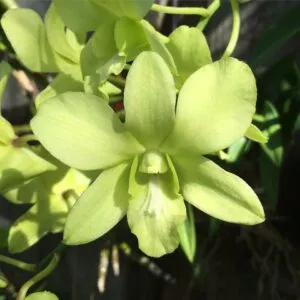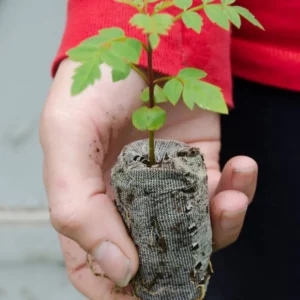No products in the cart.
Do you want to add a burst of color to your living space? Then, add the Cordyline plants to your indoor collection. The Ti plant is a universal and impressive plant that grows outdoors and inside.
The cordyline plant has colorful leaves with a palm-like growth and fits any design.
More About Cordyline Plants
The Cordyline plants are made up of different tropical plant species. Many gardeners call it the cabbage tree, native to New Zealand and Australia to the Oceania islands in Indochina.
You can find some varieties appearing in Southeast Asia and South America. When grown in the right conditions in a container, it can reach up to 4 feet tall, while a planted Cordyline outdoors reaches 49 feet.
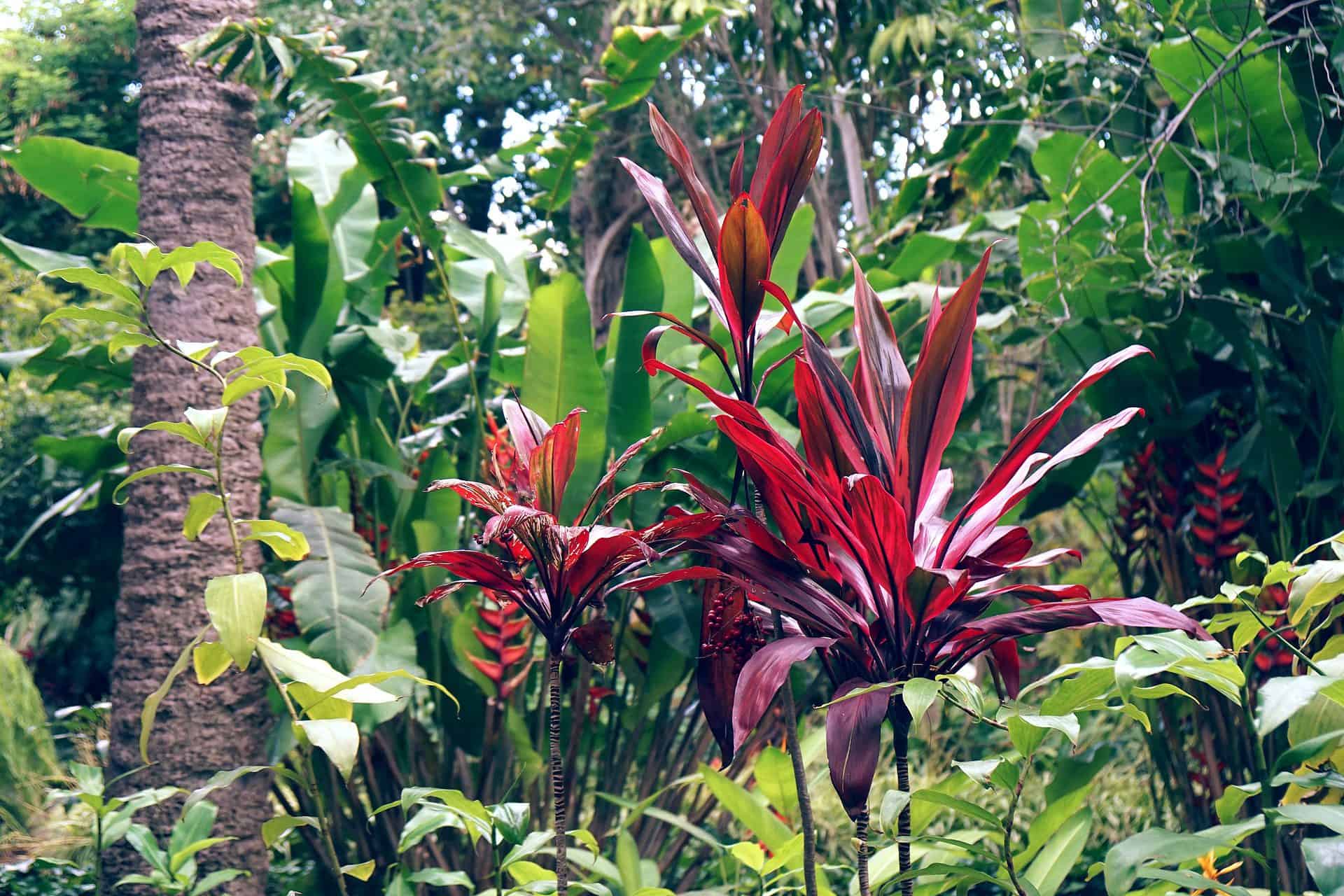
These outdoor plants have leathery leaves in different colors, depending on the variety. It develops flower clusters in tropical climates and blooms with intense-smelling flowers. The pygmy cabbage tree can also produce berries after it blooms.
Another important note is that the Ti plants belong to the Asparagaceae family, the same group as the Agave and Dracaena.
Ti Plant Care Guide
The Cordyline plant varieties you can grow as indoor plants and outdoors. No matter where you decide to grow Cordyline, the care needs remain the same. It is important to provide it with a deep container in your indoor space.
Best Soil to Prevent Root Rot

We will provide you with all the steps for growing them outside and indoors for Cordyline. The critical thing with Cordyline care is to provide them with well-drained soil to prevent waterlogging leading to root rot. Cordyline grows in the deep ground with a pH of 6 to 6.5.
Planting Cordyline Plants Outside
Start by digging a hole two times deeper and wider than the rootball.
Then, remove the tilled native soil from the hole around the perimeter or on a tarp.
Depending on the soil pH, you may need to amend it as sandy or clay soil is not beneficial for this plant. Add organic matter like bagged topsoil, homemade compost, or a planting mix with clay soil. Then, form a raised bed or a mound to provide soil drainage.
If the soil is sandy, add topsoil, compost, or peat moss to help retain moisture. While fertile, loamy soil that drains well may not need amendment, some organic matter added is always beneficial.
Then, loosen the rootball in the container by squeezing the sides gently. If the roots are stuck, we recommend cutting the container. Next, loosen some feeder roots and set your plant in the hole.
Ensure that the top edge of the rootball is a bit above the ground level, but before you place it in, add some mixed soil at the bottom first and start backfilling around your plant. Tamps out the air pockets as you backfill the ground, and when at the halfway mark, soak it with water and continue to the top edge.
Then, end it with deep watering and leave it to work its way into the ground.
Once watering, add a one-inch mulch layer using pine straw or chipped wood. Still, do not use freshly chipped wood, but use a cured one.
Container Planting Cordyline
Another fantastic thing is growing Cordyline in a deep, tall pot to care for in the home. Growing outdoors requires well-drained soil with ample drainage holes, allowing excess water to run from the pot.
Before you fill the container with the potting mix, we recommend placing some shade cloth at the bottom to prevent the drainage hole from getting clogged.
As in the previous steps, remove your plant and loosen some feeder roots.
Place a small potting mixture at the bottom and set the rootball in the container following the same steps as planting in a hole in the ground.
Backfill the soil and tamp as you work until you reach the edge of the root ball.
Water well, drain excess water from the pot, and add more mix as needed.
You can place a layer of bark chips or sphagnum moss on the soil surface to conserve moisture, but it is optional.
Lighting Needs For Your Cordyline Ti Plant
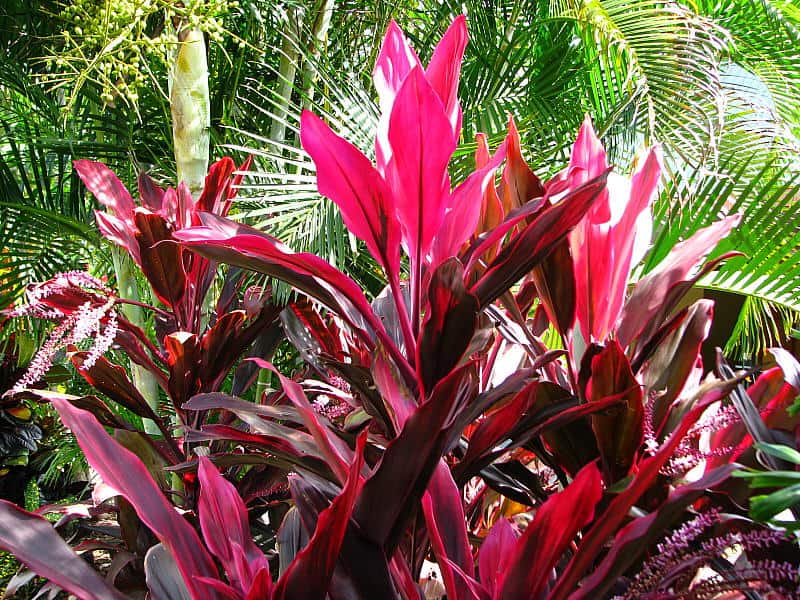
The dwarf cabbage tree prefers the sun compared to shade. Hence, your plant prefers full sun in the morning with partial shade in the afternoon, depending on where you live. In warmer climates, the Cordyline with green leaves does best in direct sunlight, while ones with colored leaves prefer bright indirect light or even filtered sunlight.
Watering Your Red Sister Plant
The Cordyline plant thrives in moist soil and prefers watering when the soil surface is dry. You can water it well and drain excess water from the container. Then, remove the drained water from the catch sauces, and do not put it back into the plant.
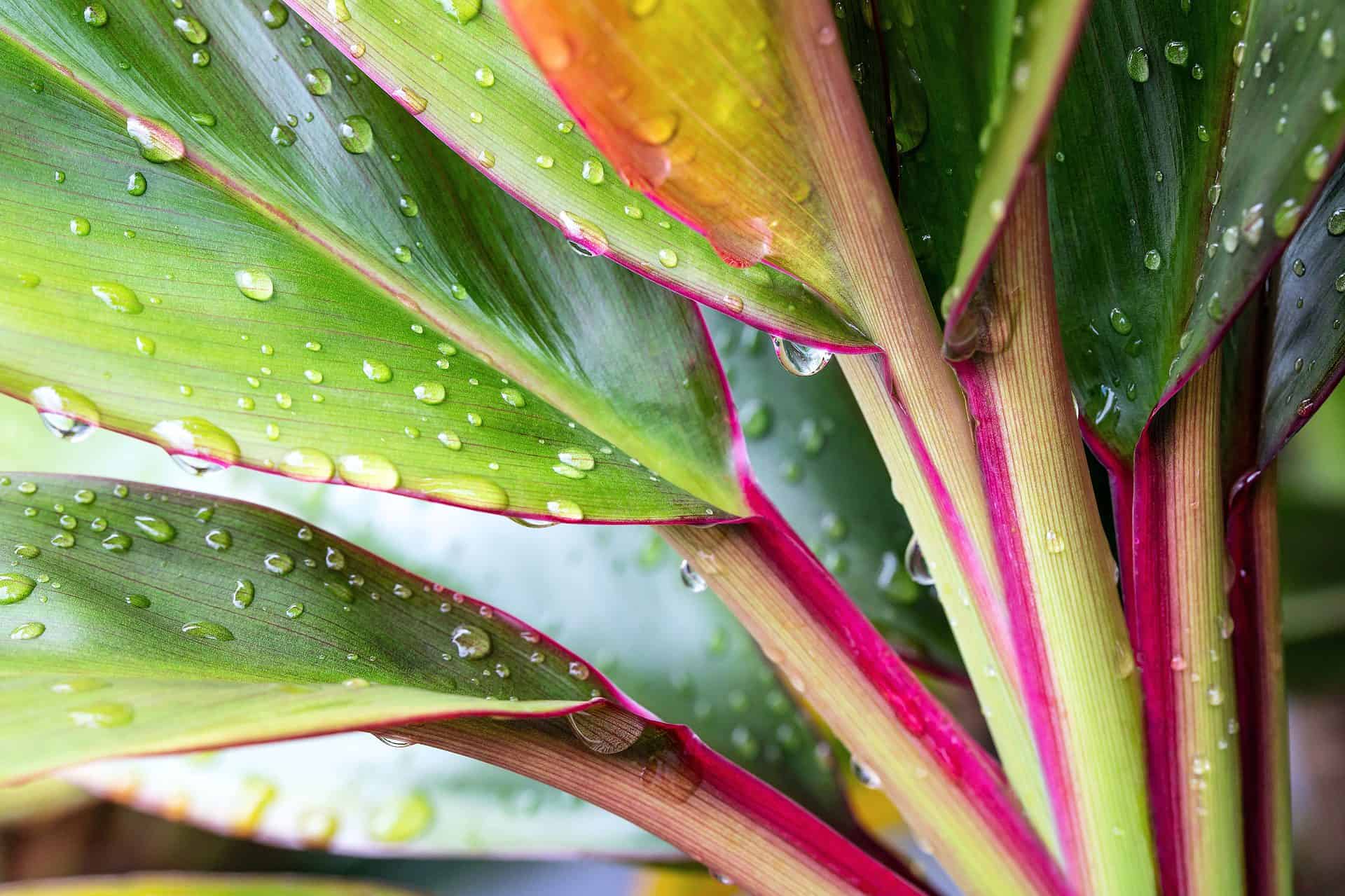
As crucial as bright light is for your plant, a note of warning is that this plant is susceptible to fluoride in water. If you notice yellow leaf tips, it can be from too much fluoride, and it is best to use rainwater or distilled bottled water.
In cooler climates, you may not need to water often, but it is best to keep checking the soil moisture with the finger test. Also, if you need to give tap water, we recommend leaving it standing overnight for the chemicals to evaporate.
Another important note is to water at the base of the plant and not over the leaves. These plants are not drought tolerant and prefer the soil to be moist.
Temperature & Humidity
Ti plants thrive in temperatures that are above 62°F with high humidity levels. In colder climates, we recommend bringing your plant inside and providing indoor space.

Also, prevent placing your plant close to a draft as they will experience leaf drop. These plants do well in the USDA hardiness zones 9a to 11b.
To help raise the humidity, you can use a humidifier, group humid-loving plants together, or place them on a pebble tray with water.
For overwintering protection, use an outdoor Cordyline. You can tie the leaves up with natural twine, ensuring the foliage is dry.
Fertilizing Your Ti Plant
When you receive your new plants, we do not recommend feeding them until they are established in their environment. You can fertilize your plant in the growing season in spring using slow-release pellets and in summer weekly with a liquid fertilizer like a 20-20-20 once at half strength.
Refrain from fertilizing in winter as your plant is dormant.
Pruning Your Cordyline Varieties
Your mature plant must have stems of various heights up to four feet. When your plant becomes leggy, you can trim individual stems to provide a full look. If you notice the leaves turn brown, you can remove diseased or damaged foliage.
Propagating Cordyline Plants
Propagating cordyline is best done with stem cuttings, which is easy. You can also grow them from seeds you harvest when berries ripen, but it does take longer.
Stem Cuttings
Cut up to five-inch pieces of a mature plant and remove all the leaves, leaving you with a bare stem.
Dampen sand and perlite and lay the pieces on the soil’s surface. Keep them at a room temperature of 62°F.
You will see shoots growing from the stem eyes, and you can plant them into pots when they grow four to six leaves. You can then repot them in early spring.
Growing From Seeds
Harvest the seeds from ripened berries, squeeze them, and clean them.
If found indoors, leave the seeds to air dry for a couple of days.
You will need to stratify outdoor seeds for a couple of months.
Once the seeds are ready, you can sow them in well-drained soil; germination should take about six weeks.
Cordyline Varieties
Regarding Cordyline, care is similar for all varieties, and these cultivars add color to a home or garden. You can even find some white flowers in the species, followed by berries.
Cordyline fruticosa
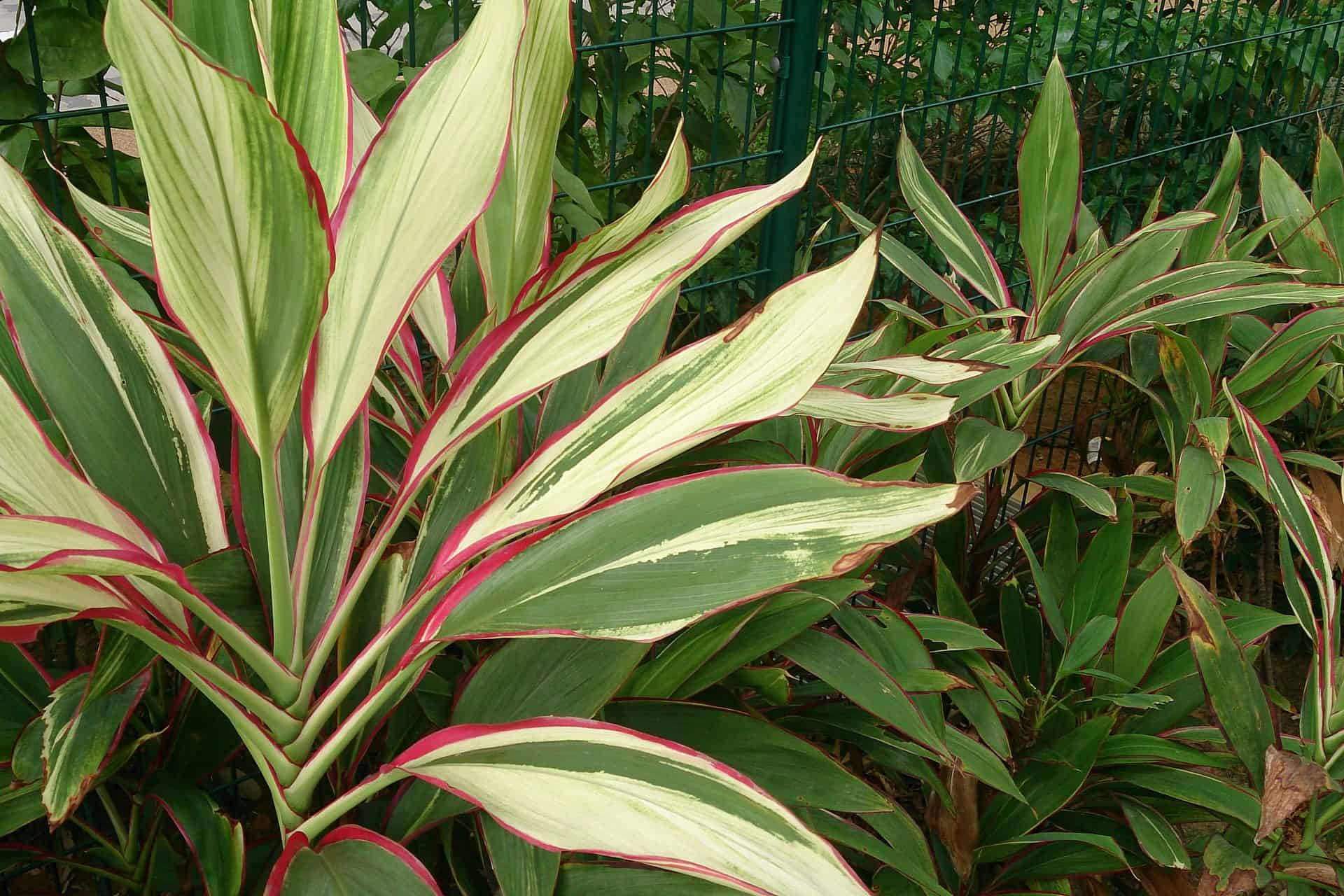
The plant also goes by the name Cordyline terminal and ranges in different colors in the species available. It can have ruby-maroon, dark green with streaks of pink/white, pink leaves, to reddish purple.
Cordyline australis
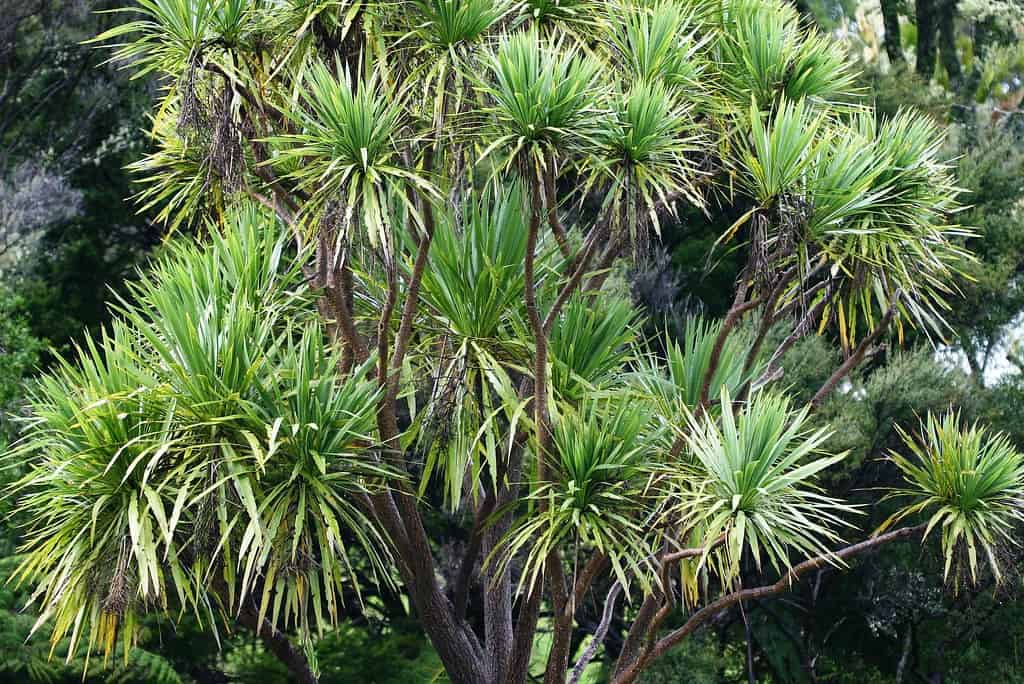
The plant has a compact growth with bronze foliage compared to other plants. It also goes by the name Red Star or Red Ti. The other common name it is sold under is Cordyline Red Sensation.
Cordyline pumilio
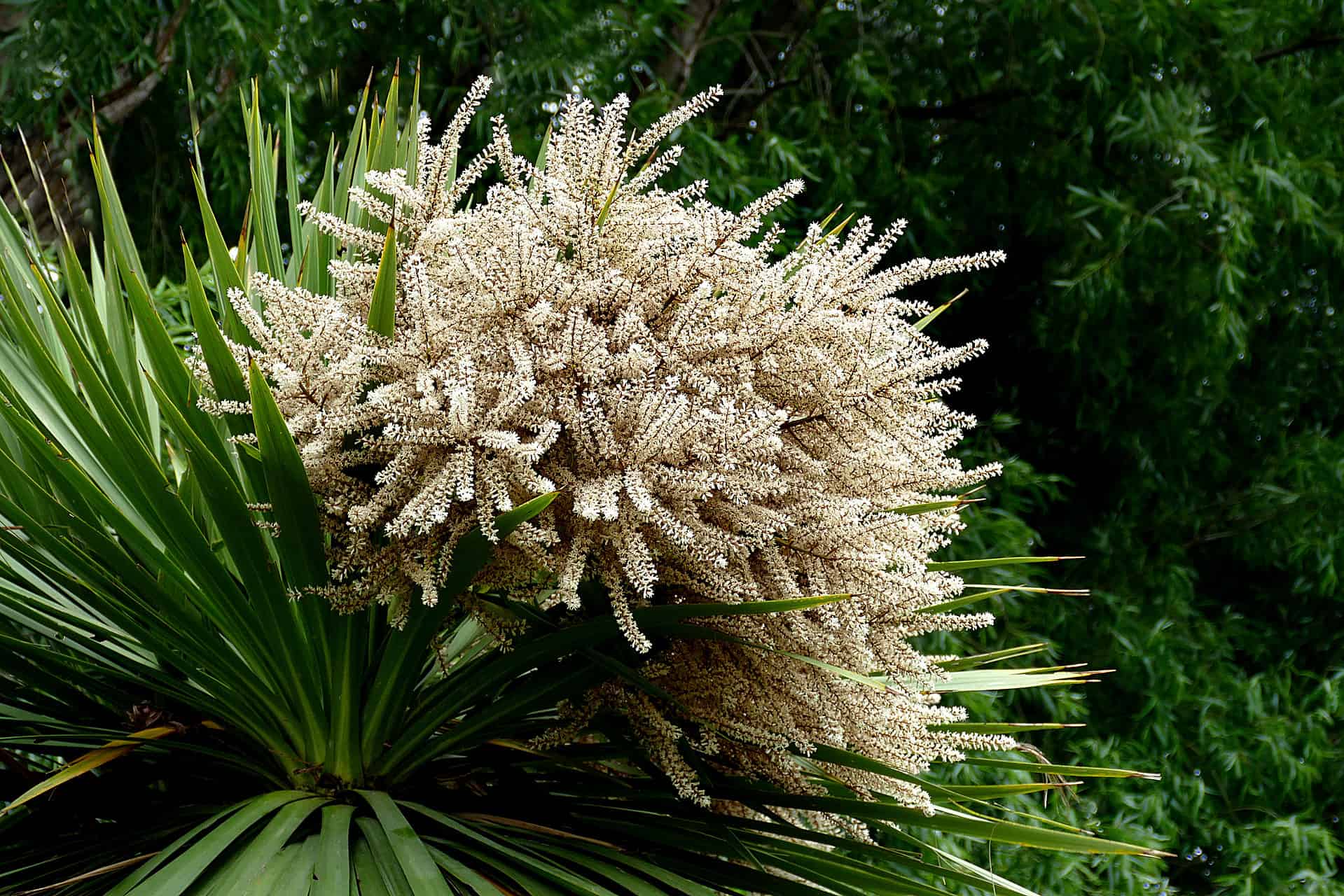
When growth begins, it only reaches up to three feet tall with a trunk, giving it the dwarf cabbage tree. It is the smallest of the varieties available and has narrow leaves. The leaves look like grass but are grown as a food crop to sweeten foods.
While native to New Zealand, you can find it in other Pacific islands and in Eastern Australia.
Cordyline terminalis
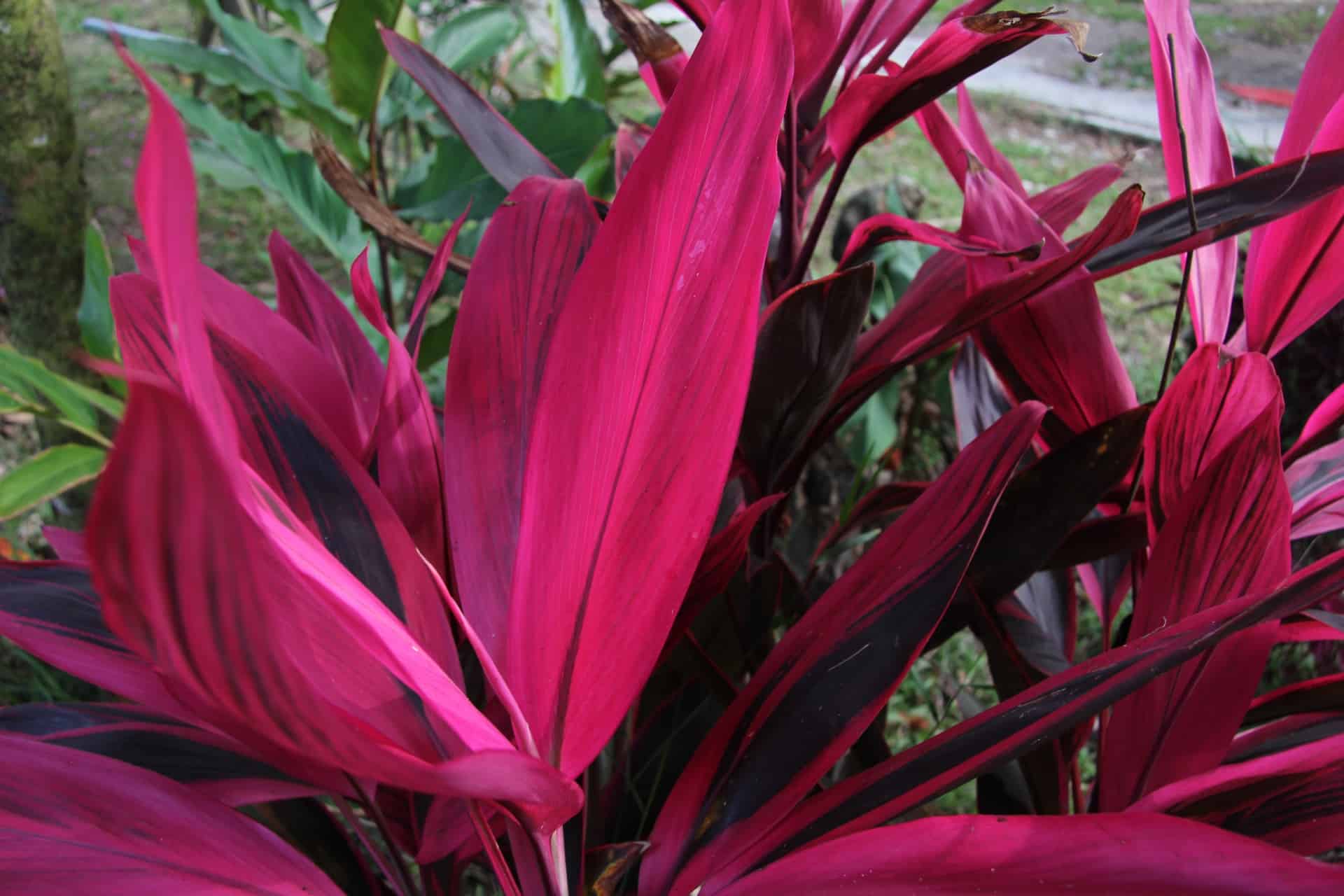
The plant goes by different names from Ti, Hawaiian Ti plants, and the Good Luck plant. It has erect growing foliage with lanceolate leaves in shades of red, bronze, cream, pink, yellow, and more. Some you find even have stripes.
Cordyline Common Diseases And Pests
As with other plants, this species is bothered by pests like scale, spider mites, and mealybugs and easily fixed with insecticidal soap; other concerns are bacterial leaf spots and root rot. You can treat both of the concerns with a fungicide. Nonetheless, you will also find some other common problems:
Browning tips result from the potting soil getting too dry from underwatering the plant. It can also result from overwatering or too much fertilizer and dry air. Another concern is it can result from salts and fluoride in the tap water.
Yellow leaves can result when a mature plant sheds older leaves, but it can also be a watering issue or too much full sun. Lastly, it can result from standing in drafts or overwatering.
Frequently Asked Questions
While in its native habitat in Southeast Asia and New Zealand, it grows in tropical climates but can grow well indoors.
The Cordyline in the wild can live for hundreds of years, and under the right living conditions indoors, it can reach 20 years.
In the wild, the plant can reach 20 feet, and indoors 4 feet tall.
Cordyline plants flourish primarily in the ground, mirroring their natural habitat. In forest settings, they exhibit robust growth on the forest floor, adorned with vibrant pink crowns. Nevertheless, they can also be cultivated in pots or containers, allowing for size management.
Cordylines have varying lifespans depending on species and care. Generally, they can live for several years to decades. With proper attention to their needs, these plants can grace your surroundings with their beauty for a considerable time.
To safeguard your Cordyline during winter, place it in a sheltered spot with moderate light. Shield it from freezing temperatures and harsh winds. Mulch around the base to insulate roots. Water sparingly and monitor moisture levels to prevent root rot.
Whether you want to buy, sell or simply reach out to other plant enthusiasts, Plantly is the right place to be!
-
Free Shipping$39.99Sold By: Aloha Hawaii Orchids
$44.99In stock
Dendrobium Aridang Green 4″ Pot Blooming size
Rated 4.65 out of 5 based on 268 customer ratings00Sold By: Aloha Hawaii Orchids -
$47.96Sold By: Carlo's Plant Farm
In stock
6 JASMINE DOWNY – LIVE STARTER PLANTS LESS THAN 12 INCHES TALL
Rated 5.00 out of 5 based on 22 customer ratings00Sold By: Carlo's Plant Farm -
Free Shipping$29.99Sold By: Trees Again Nursery
In stock
Blue Jacaranda Trees – Jacaranda mimosifolia – 3 starter plugs
Sold By: Trees Again Nursery -
$6.99Sold By: BubbleBlooms
In stock
Haworthia pumila, Royal highness, lace aloe, Pearl Plant, Tulista pumila, Haworthia margaritifera in a 2 inch pot super cute
Rated 4.81 out of 5 based on 279 customer ratings00Sold By: BubbleBlooms
